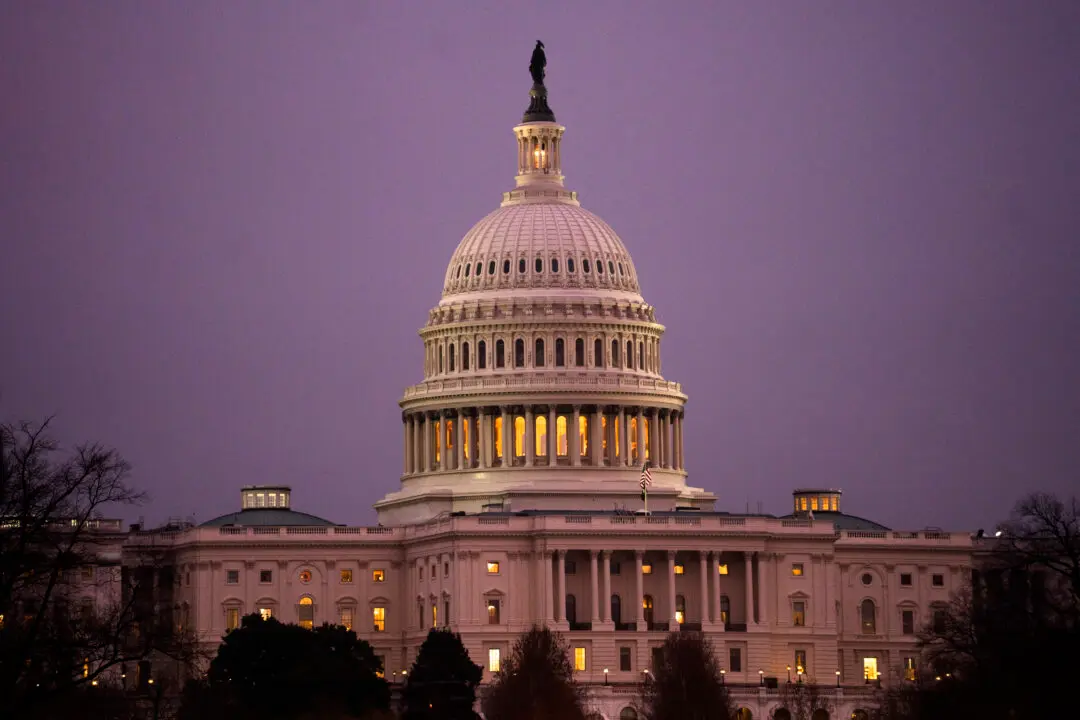If the driver of climate change is too much carbon dioxide, then one solution would be to remove that gas from the air. The $1.2 trillion bipartisan infrastructure bill passed by the Senate on Aug. 10 includes massive investments in direct air capture technologies to do just that.
These technologies have elicited interest from the private sector and other governments as well as continued skepticism from some quarters.





